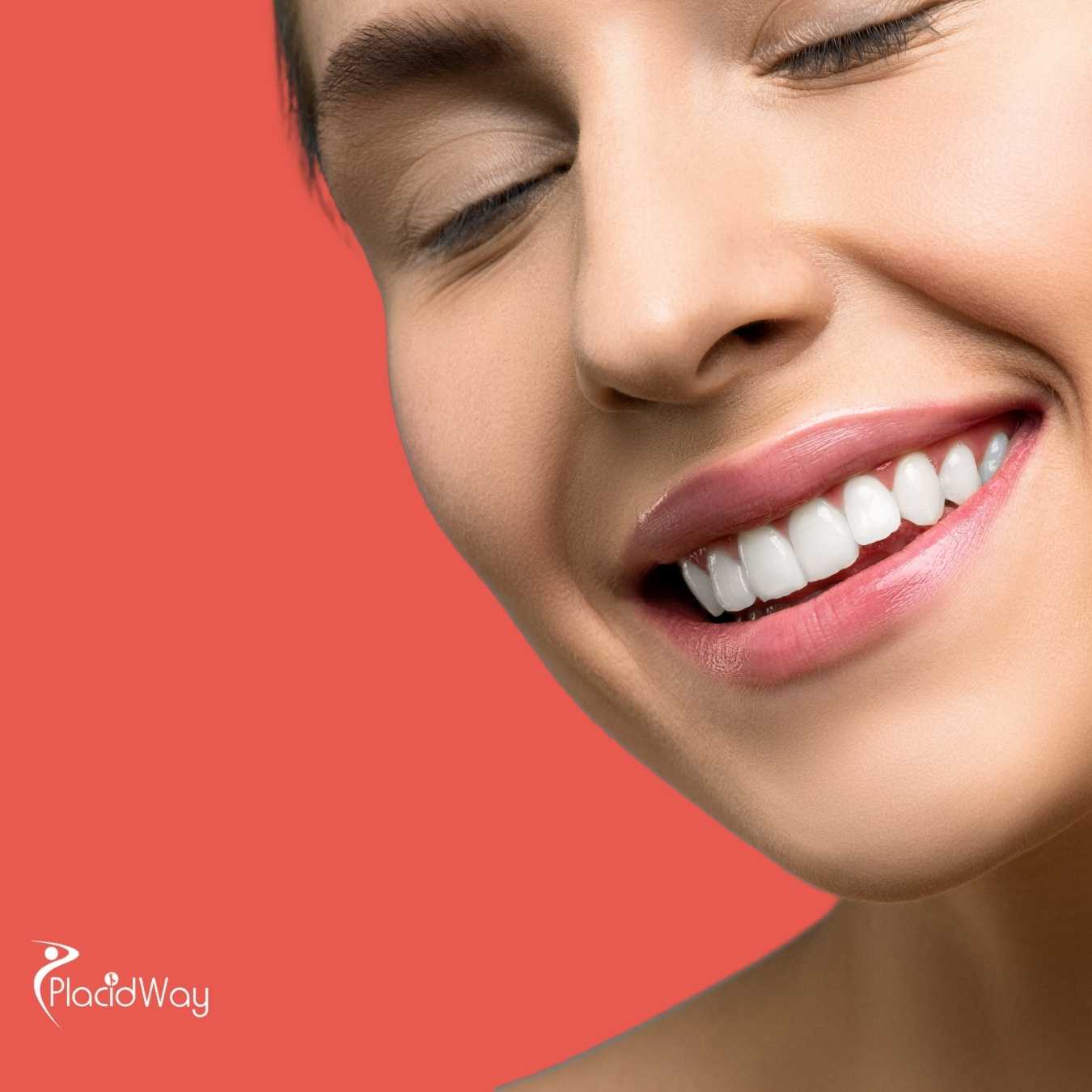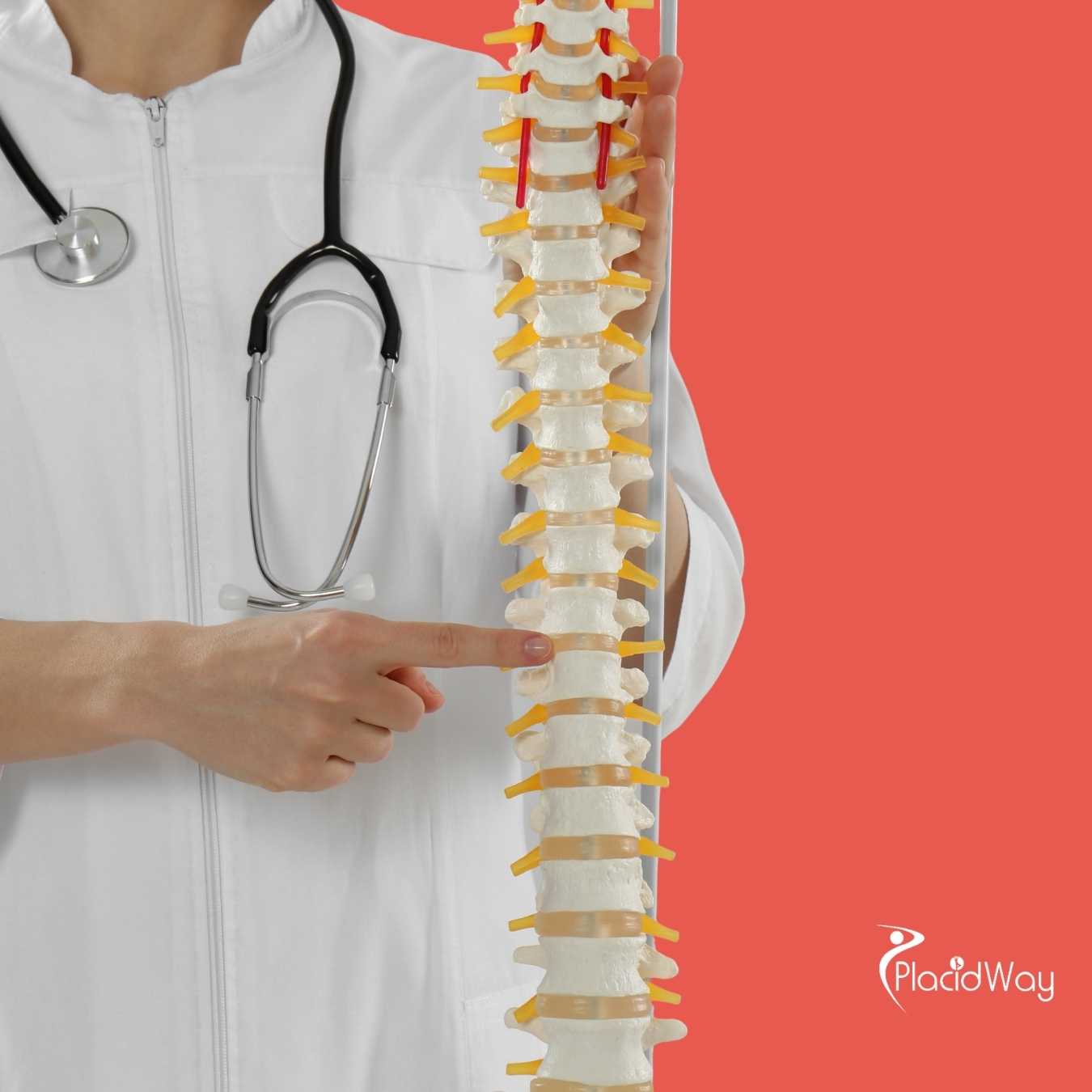PRP Treatment Costs Breakdown: What One Session Will Cost You
Thinking about PRP treatment? You're probably wondering about the cost, and that's a completely natural question. Understanding how much one session of PRP costs is crucial for planning your budget and making an informed decision about this popular regenerative therapy. Generally, a single PRP session can range anywhere from $500 to $2,500, but this isn't a fixed price. Several variables come into play, from where you live to the specific condition being treated, all of which significantly influence the final bill. This guide is designed to shed light on the financial aspects of Platelet-Rich Plasma therapy, answering all your important questions. We'll break down the factors that affect the price, explore what you might expect for different applications like hair restoration or joint pain, and even touch upon the potential for more affordable options through medical tourism. Our goal is to provide you with clear, helpful information so you can confidently navigate your choices for PRP treatment.
What is the average cost of one PRP session?
The cost of a single PRP session is not uniform across the board; it's a dynamic figure influenced by numerous factors. In major metropolitan areas or highly specialized clinics, prices tend to be on the higher end due to increased overheads and demand. Conversely, smaller towns or less specialized practices might offer lower rates. This average range accounts for the various types of PRP applications, from cosmetic procedures like hair restoration to therapeutic uses for orthopedic conditions. It's important to remember that this figure represents the cost per session. Many PRP treatment plans involve multiple sessions to achieve optimal and lasting results, meaning the total investment will be higher than the cost of a single visit. When researching, always clarify if the quoted price is for one session or part of a package deal, as this can significantly impact your financial planning for PRP therapy.
What factors influence the total PRP cost?
Many elements contribute to the final price tag for PRP treatment. Understanding these can help you anticipate the expenses involved. Here are the key factors:
- Geographic Location: Clinics in major cities or affluent areas generally charge more than those in rural or less expensive regions.
- Clinic Reputation and Expertise: Highly reputable clinics with experienced specialists, particularly those known for advanced PRP techniques, often have higher fees.
- Specific Condition Treated: The application of PRP plays a big role. Treating a small joint for pain might differ in cost from extensive hair restoration or facial rejuvenation, which may require more product or more intricate application.
- Number of Sessions: Most conditions require a series of PRP sessions. While one session has a distinct cost, the overall treatment plan involves multiple visits, significantly increasing the total expenditure.
- Added Components: Some clinics might combine PRP with other therapies (e.g., microneedling for hair loss) or use advanced systems for processing the blood to achieve a higher concentration of platelets and growth factors, which can increase the price.
- Equipment and Technology: The quality of equipment used for blood processing and injection can affect costs. State-of-the-art centrifuges and precise injection tools contribute to the overall investment.
Considering these factors allows for a more accurate estimation of the overall PRP cost you might incur.
Does insurance cover PRP treatments?
The question of insurance coverage for PRP treatment is critical for many patients. Unfortunately, in many countries, including the USA, Platelet-Rich Plasma therapy is frequently categorized as an elective procedure, investigational, or cosmetic by insurance companies. This often means that patients are responsible for the entire cost out-of-pocket. While this is the general rule, there can be rare exceptions.
For instance, some insurance providers might offer partial coverage if PRP treatment is used for specific, medically recognized conditions and traditional treatments have failed, especially in the context of certain orthopedic injuries. However, these cases are uncommon and require extensive documentation and pre-authorization. Always verify directly with your insurance provider and the clinic performing the PRP treatment to understand any potential coverage or reimbursement options before starting therapy.
How many PRP sessions are typically needed for effective results?
Achieving optimal results from PRP treatment usually requires more than just a single session. The regenerative process initiated by PRP takes time, and consistent application helps to build and sustain the desired outcomes. The number of sessions recommended by your physician will largely depend on the specific condition, its severity, and how your body responds to the initial treatments.
For conditions like hair loss or facial rejuvenation, an initial series of 3 to 4 sessions, spaced 4 to 6 weeks apart, is common. For orthopedic issues such as joint pain or tendon injuries, 2 to 3 sessions might be sufficient, sometimes requiring additional booster shots months later. It's essential to have a clear treatment plan outlined by your healthcare provider, including the projected number of sessions and the overall PRP cost, to manage expectations and budget effectively.
What is the cost of PRP for hair loss?
PRP for hair loss is a very common application, aiming to stimulate hair follicles and promote new hair growth. The pricing structure for this specific treatment reflects the specialized nature of the procedure and the number of sessions generally required. Factors influencing the cost of PRP for hair loss include:
- Clinic Specialization: Dermatologists or hair restoration clinics that specialize in PRP often charge more due to their expertise and technology.
- Extent of Hair Loss: More extensive areas of hair thinning may require more PRP, thus increasing the session cost.
- Package Deals: Many clinics offer package deals for multiple sessions, which can sometimes be more cost-effective than paying for individual sessions. Always inquire about these options.
Given that multiple sessions are almost always necessary for noticeable and lasting results in hair restoration, potential patients should budget for a series of treatments rather than just a single session. Regular maintenance sessions might also be recommended annually, adding to the long-term PRP cost.
What is the cost of PRP for joint pain or osteoarthritis?
When it comes to using PRP for joint pain, such as knee osteoarthritis, shoulder injuries, or tendonitis, the pricing can vary based on the joint size and complexity of the injection. Larger, more complex joints or multiple injection sites might incur higher costs. Considerations for PRP cost for joint pain:
- Joint Size: Treating a larger joint like the knee may be more expensive than a smaller joint.
- Number of Injections: Sometimes multiple injections are needed within a single joint, or for multiple affected areas.
- Guidance Technology: Some orthopedic specialists use ultrasound or fluoroscopy guidance for precise PRP injection into joints, which can add to the procedure's cost but also enhance its effectiveness.
While PRP for joint pain is often recommended as an alternative to surgery for some conditions, it's crucial to understand that it's generally not covered by insurance. Therefore, budgeting for the full course of treatment, including any follow-up visits, is essential.
How does PRP cost in the USA compare to other countries for medical tourism?
For many individuals, the high PRP cost in the USA prompts them to consider medical tourism. Traveling abroad for medical procedures, including Platelet-Rich Plasma therapy, can offer substantial financial advantages without necessarily compromising on quality. Here's a comparison:
| Country | Estimated PRP Cost Per Session (USD) |
|---|---|
| USA | $500 - $2,500 |
| Mexico | $250 - $700 |
| Turkey | $200 - $600 |
| India | $200 - $500 |
| Colombia | $300 - $800 |
These significant price differences are often due to lower operating costs, lower physician salaries, and different healthcare economic models in these countries. Patients can often combine their treatment with a vacation, making it an attractive option for both health and leisure. However, it's crucial to research clinics thoroughly and ensure they meet international standards of care.
What are the benefits of considering PRP treatment abroad, particularly regarding cost?
The primary benefit of seeking PRP treatment abroad is undeniably the cost. The financial burden of multiple PRP sessions can be prohibitive in many Western countries, making overseas options highly appealing. Beyond just the lower session price, there are other advantages:
- Accessibility to Advanced Care: Many international clinics, particularly in popular medical tourism destinations, are equipped with state-of-the-art technology and employ highly trained, often internationally certified, medical professionals.
- Reduced Waiting Times: In some countries, getting an appointment for specialized treatments like PRP can involve long wait times. Abroad, you might find quicker access to care.
- Comprehensive Packages: Many clinics catering to medical tourists offer all-inclusive packages that cover treatment, accommodation, airport transfers, and sometimes even local tours, simplifying the travel process.
- Quality of Care: While costs are lower, many international facilities adhere to rigorous international accreditation standards (like JCI), ensuring high-quality care and patient safety.
This combination of affordability and quality can make PRP treatment abroad a very viable and attractive option for those looking to manage their health effectively without financial strain.
What should I look for when choosing a clinic for PRP treatment?
Selecting the right clinic is paramount to ensuring safe and effective PRP treatment. It’s not just about the PRP cost; the quality of care and expertise of the provider directly impact your results and safety. Key factors to consider:
- Physician's Credentials and Experience: Ensure the doctor performing the procedure is board-certified and has extensive experience specifically with PRP therapy for your condition. Ask about their training and how many procedures they've performed.
- Clinic Accreditation and Standards: Check if the clinic is accredited by relevant health organizations, especially if traveling abroad (e.g., JCI accreditation). This indicates adherence to high safety and quality standards.
- Sterile Environment: The procedure involves blood, so a clean, sterile environment is crucial to prevent infections.
- Clear Pricing and Transparency: A reputable clinic will provide a clear breakdown of all costs, including the PRP cost per session, package deals, and any potential hidden fees.
- Personalized Treatment Plan: The best clinics offer a thorough consultation and tailor a PRP treatment plan specifically for your needs, rather than a one-size-fits-all approach.
- Patient Reviews and Testimonials: Look for online reviews and before-and-after photos (if applicable) to gauge other patients' experiences and results.
Taking the time to research these aspects will ensure you receive the best possible care for your Platelet-Rich Plasma treatment.
Are there hidden costs associated with PRP treatment?
Nobody likes unexpected expenses, especially when it comes to medical treatments. While the core PRP cost per session should be clear, there can sometimes be additional charges that aren't immediately apparent. Being aware of these can help you budget more accurately. Potential hidden costs to inquire about:
- Initial Consultation Fee: Some clinics charge separately for the initial evaluation, which may or may not be waived or applied to the treatment cost if you proceed.
- Follow-up Appointments: Post-treatment check-ups might be charged separately, especially if they involve examinations or additional diagnostic tests.
- Medications or Supplies: Any pain relievers, anti-inflammatories, or specialized post-care products might not be included in the primary PRP cost.
- Ancillary Services: If the clinic offers additional services alongside PRP, such as microneedling, laser therapy, or nutritional supplements, these will likely be extra costs.
- Facility Fees: In some settings, a separate facility fee might be charged in addition to the physician's fee.
- Lab Fees: While the processing of your blood into Platelet-Rich Plasma is usually included, ensure there are no separate external lab fees.
Always ask for a comprehensive, itemized quote from the clinic before committing to PRP treatment to avoid any surprises regarding the total cost.
Explore PlacidWay for your healthcare solutions
Considering the varying costs and factors involved in PRP treatment, both locally and internationally, it's clear that careful research and planning are essential. If you're looking for transparent pricing, world-class facilities, and personalized care options for Platelet-Rich Plasma therapy or other healthcare needs, PlacidWay can help.
We connect patients with accredited clinics and experienced specialists globally, ensuring you find the best solution for your health and budget. Explore our extensive network today to discover your ideal medical tourism destination and treatment plan.

.png)

.png)









Share this listing